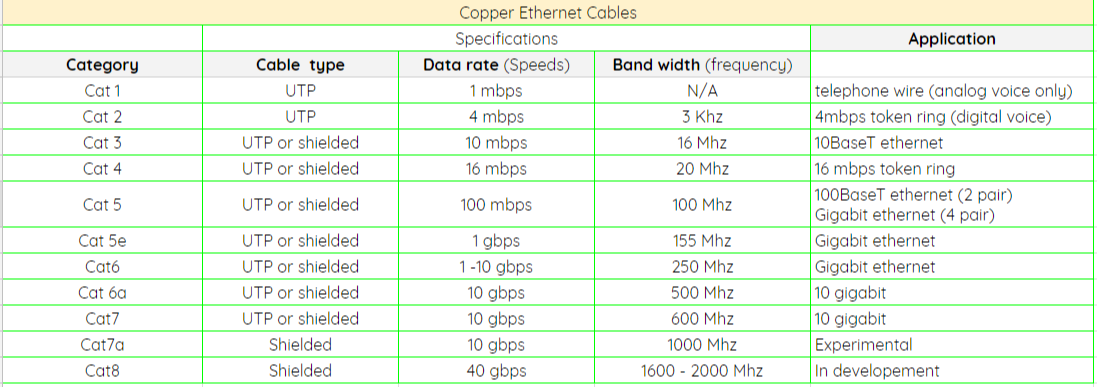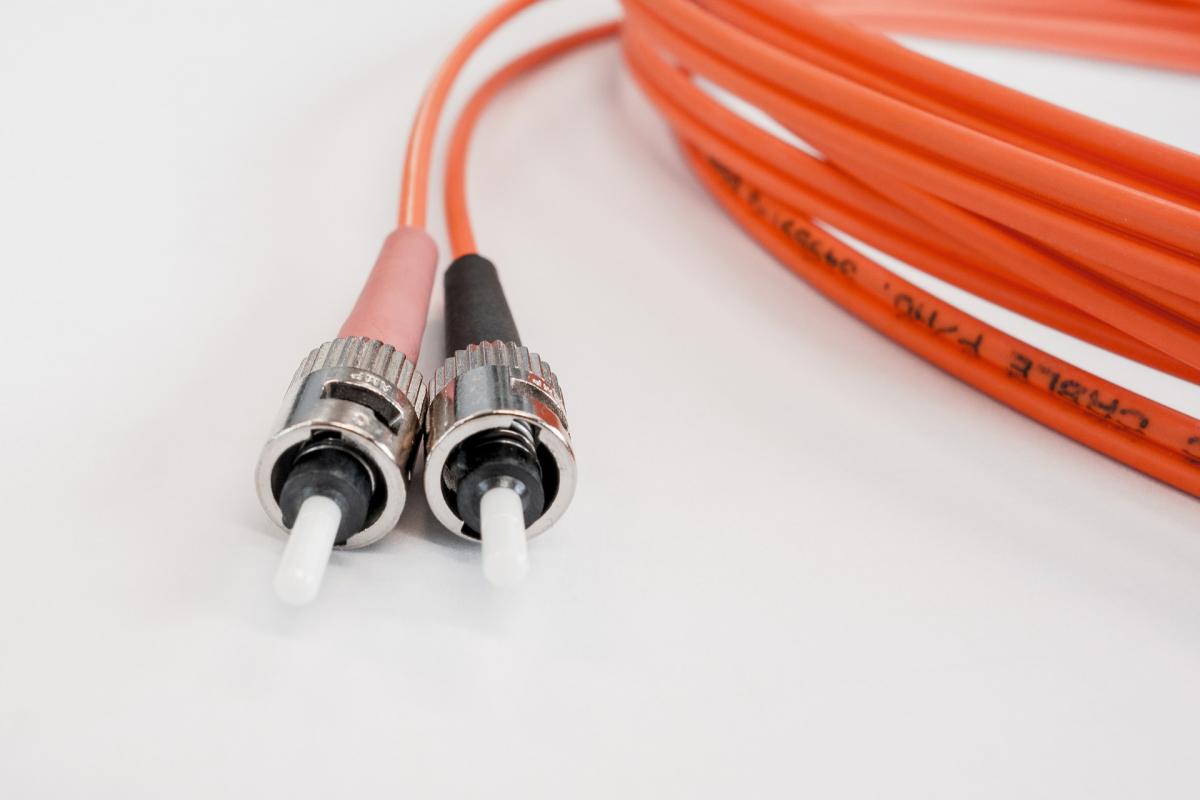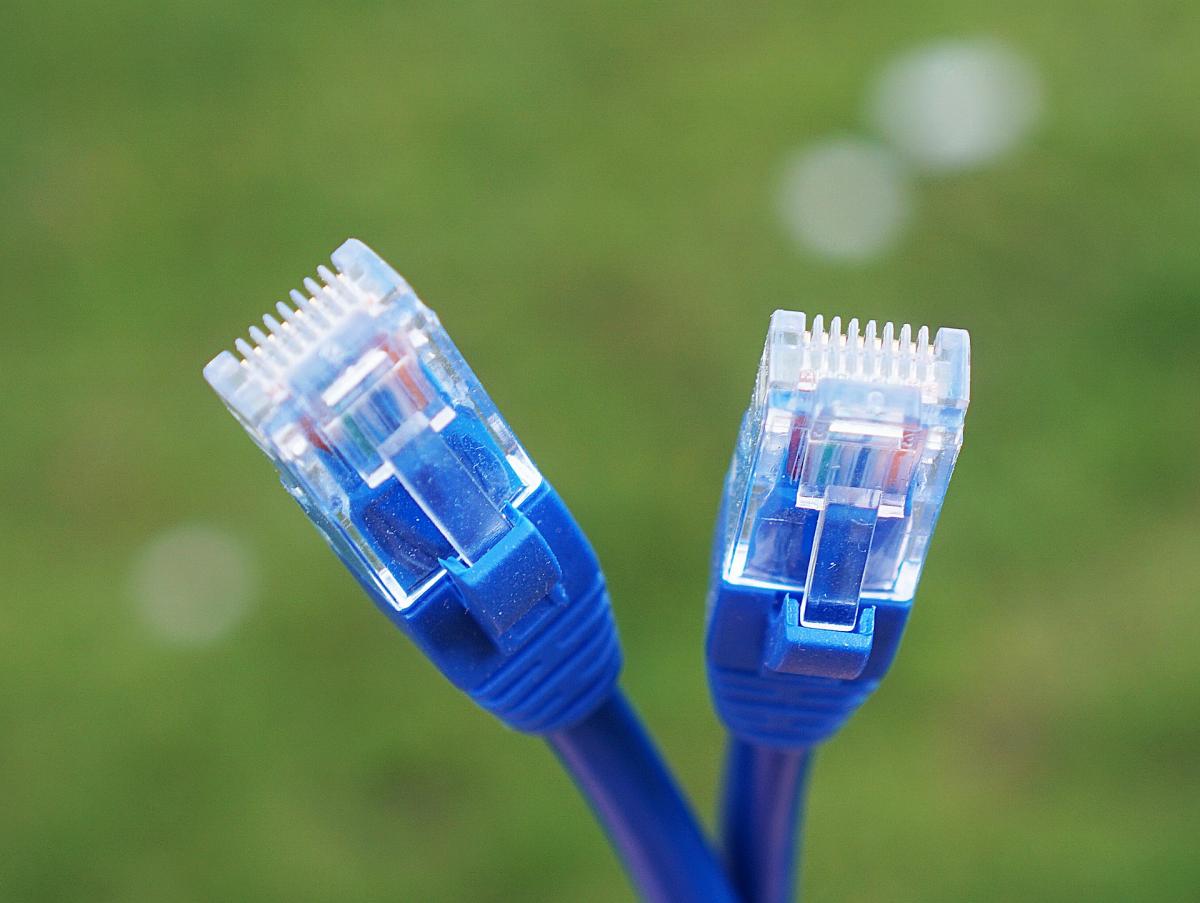How Commercial Data Cables Compliments The NBN FTTB
Data cabling is a crucial performance and cost-sensitive aspect that goes unnoticed in commercial businesses.
Poor internet and data-intensive transfer issues have led to many businesses re-thinking how investing and installing new data cable technologies could benefit and future-proof such issues, especially with the recent NBN rollout. The following content will go through:
- Current data cable technologies
- Cables best suited for commercial businesses
- A comparison between Optic fibre and CAT cables and;
- NBN's impact on how businesses implement specific data cabling
The demand to communicate to computers and indirectly to other users at ever increasing speed has led to the development of advanced connecting hardware, in particular, higher specification cables. Below is a brief overview of such cable technologies.
What cable types are on the market?
- Copper cables have been in use since the invention of the telegraph in the 1820’s. Copper cables use conductivity, whereby an electric field is applied to the wire allowing the conduction of electrons to accelerate towards the electropositive end of the copper wire. This process creates an electric current for data to transfer through, from one network to the next. Types of copper cables include:
- Telegraph (open/single) wires - now vastly outdated and rarely seen for a good reason. These wires let in large amounts of electromagnetic (EM) interference causing poor signal and frequent dropouts when in use.
- Unshielded Twisted Pair (UTP) Cables - as the name suggests, these are copper wires that use two unshielded wires twisted around each other. Mostly used in short-to-medium length connections for its low cost.
- Shielded Twisted Pair (STP) Cables - these cables are used for areas that are susceptible to high amounts of EM interference (factories and businesses with a large amount of electrical equipment). The STP cable offers an additional conducting shield made of metallic foil encasing the wire pairs.

- There are also categories of copper cables, more commonly referred to as 'CATs', used for Ethernet/ Data connections.
Each CAT cable has a number and sometimes a letter associated with it such as Cat5. Cat5e, Cat6, Cat6a, Cat7, representing the different standards and specifications for each type of cable. The specifications for these categories can generally be defined in terms of:
- Amount of speeds per meter (generally based on 50-100m),
- Bandwidths, and;
- Improvements in the area of crosstalk or interference to maintain the fast speed.

- Taking a turn away from copper, Fibre optic cables are made from strands of flexible glass that uses light waves (photons) to send information from one network to the next.
- Hybrid Fibre Coaxial (HFC) Cables combine both coaxial cables and optical cables. A coaxial cable is another form of a copper cable that has an inner conductor surrounded by a foam insulation, symmetrically wrapped by a woven braided metal shield, then covered by in a plastic jacket giving it resistance to signal interference.
Other methods of attaining data include WIFI, Satellite technology, and a new form of wifi called LIFI that transfers internet through the use of light - this technology is still very much in a development phase.
Which Data Cables are best for Commercial Business and why?
Now that you know the variations of data cabling that exists in the market, let's take a look at commercially-tailored cables. There are a few things we can assume when talking about commercially-sized businesses:
- They already have a large array of electrical wiring and equipment-based devices,
- They’re using large quantities of energy to extend business processes,
- Electricity bills are one of their highest costs,
- Information and data transfer speeds are important to getting tasks completed.
Taking into consideration the data cable technologies and commercial constraints, it’s clear that best cable on the market for achieving the highest return would be the Modern Category or ‘CAT’ cables and fibre optic data cables.
Selecting the best method for data transmission (transfer of data) for your business can be one of the most important business decisions to be made, affecting your current and future business processes.
Fibre Optic cables vs CAT cables
Benefits of investing in Optic cables:
- Future-proofing your business network to adapt to new technologies
- Competitive advantage against industry competition
- Faster network speed
- Reduce electricity costs
- Ease of installation
- Cancellation of the likelihood of electromagnetic interferences
- Reduce maintenance costs
- Offers highest protection attributes with a high build quality
- Optical wires can be run for an extended length than other cable technologies

Benefits of investing in CAT cables:
- Backwards compatible with previous CAT versions
- Copper-based cables are generally cheaper than fibre optics
- CAT cables come in various levels of performance, allowing for a greater need to cost resolution
- Fixed guarantees as each category has a standard assignment towards it
How does NBN come into play with data cabling?
The national broadband network (NBN) is a government initiative with the goal of updating and connecting Australian telecommunication infrastructure, by removing outdated copper cables. The NBN model contacts retail service providers (RSP) or more commonly known as 'internet providers' to access the network and provide internet access to the wider community.
The national scaled project has been set forward with a few core assumptions for the future of Australians data behaviour:
- Users will demand more internet and subsequently increase their internet usage
- A belief that end users will be willing to pay more as they use more
- An Increase in the digital supply of applications is set to grow, and consumers will elect to use these services for greater convenience.
You may have heard of the following terms produced by NBN - Fibre to the premise (FTTP), building (FTTB), curb (FTTC), and node (FTTN) - the key term to follow on from here is Fibre to the Business - FTTB.
The NBN process is simply the transition from the outdated and low-performance copper cables to the fibre optic data cables from the exchange and to your business. This process would consist of:
- The exchange - a Telstra exchange, where the data cables originated from would disperse out to the various nodes, curbs, premises or businesses - as per plan organised by the consumer through the relative internet provider chosen.
- The NBN plan - Fiber to the business (FTTB) - this brings the cable directly to the business to connect with their existing/internal data connections and cables. [For a household/private consumer, this would be fibre to the node (FTTN) - where the cable goes to a street-based pillar or box-like contained that stores various street connections.]
- The businesses data cable technology - Depending on what network connections and data cable technology a business has, this can affect the overall performance and reliability of the NBN network. If you’re connecting your internal copper or low-performance cables to an NBN line (fibre optic connection) to the network, you will lose out on its overall benefits, hence it’s so important to invest in data cable technology.
With more businesses realising the benefits of updating their Commercial Data Cabling and utilising the full speed of NBN connection, ensure your business stays competitive by making smart investments in new technologies.
Latest fibre optic cables and NBN will make a world of difference to your business performance. AAE Industries possesses the expertise, experience and resources to get all your data cable needs met; whether you are looking for data cabling installation, NBN installation, major new property wiring or re-wiring and new office fit-outs.
AAE Industries has been servicing Queensland businesses for more than 30 years. We strive to provide quality-assured services and use only the best quality products and materials for our work. We can also tailor a residential or commercial package and design a data cabling installation system to suit your needs.